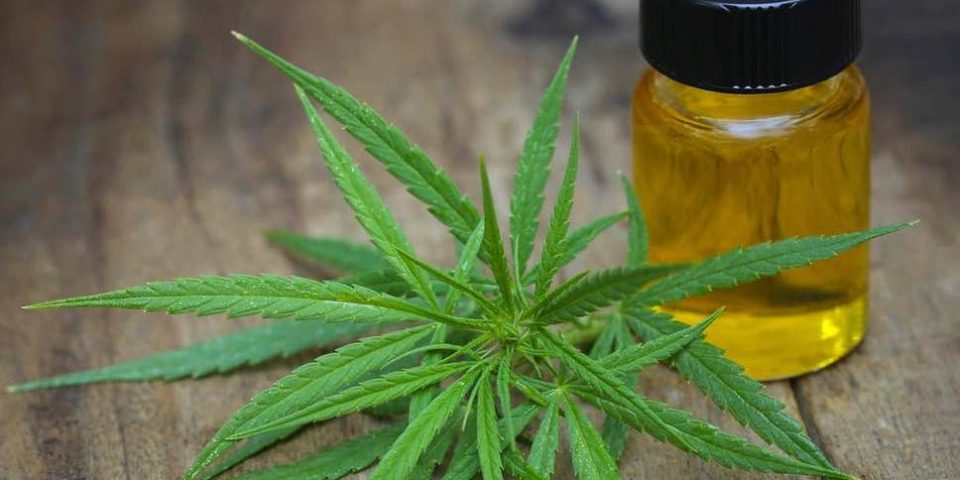= Author =
Evan Cole Lewis, MD, NCT
I fear many will fall into the trap of reacting to the recent opinion piece by Jeff Macintyre (“Cannabis not ready to be called a medicine, yet” – April 27, 2021, available here) rather than responding and, to that point, I will do my best to respond. I have worked with over 500 adult and pediatric patents at NCT currently being treated with medical cannabis for epilepsy and a broad range of other neurological conditions.
A child is either seizing or they are not.
The child is treated with a cannabis oil.
Seizures stop.
If that is not a medicine, then please tell the parents of these children what it is they are giving their child.
When I first read this piece, I thought how I should reference the results of the 5 major randomized controlled trials that have been completed in complex, drug-resistant pediatric epilepsy which show that medical cannabis exerts the same degree of anti-seizure control as our traditional anti-seizure drugs with comparable side effect profiles (summary of the trials here). I thought how it would be helpful to point out that cannabis, in the form of a purified CBD product called Epidiolex®, has been approved as a medical treatment for certain types of epilepsy in children by the FDA in the US, the EMA in Europe, and NICE/MHRA in the UK. I thought I might share stories of the numerous children I have personally treated with unrelenting seizures who, after failing multiple medications for several years, finally responded to cannabis. However, none of that is needed.
Let’s not confuse the subjectivity inherent in the management of pain and anxiety with the clear effects cannabis can produce in drug-resistant epilepsy:
A child is either seizing or they are not.
The child is treated with a cannabis oil.
Seizures stop.
If that is not a medicine, then please tell the parents of these children what it is they are giving their child.
I assume those involved in the cannabis industry are aware that there is a well-defined medical pathway within the Cannabis Act that provides a mechanism by which patients can undergo a consultation with a physician or nurse practitioner and be provided medical direction, oversight, follow-up and medical authorization to receive cannabis. Conflating this with an elderly person who, under the advice of her son goes to a local recreational dispensary to glean the advice of a budtender to treat her pain, is intentionally misleading.
The opinion posed in the article by Mr. MacIntyre is not only outdated by Canadian standards, but is also dangerous. Producing a consistent cannabis product form batch-to-batch is a challenge faced by cannabis licensed producers, but that should not serve as rationale to delegitimize cannabis as a medicine. This only works to reinforce inaccessibility and children should not be the ones to suffer because of our current challenges in manipulating the characteristics of cannabis with perfect consistency.
In the end, the opinion piece does a great disservice to the many children and families struggling with epilepsy and I am grateful the vast majority of Canadians have moved beyond the type of thinking presented in this article. In the future, it is my hope that any leader in the cannabis industry who is offered a platform, such as the Toronto Star, to describe the medical cannabis landscape considers the whole of their words and recognizes this issue extends far beyond the problems faced in their own small corner of the cannabis market.

